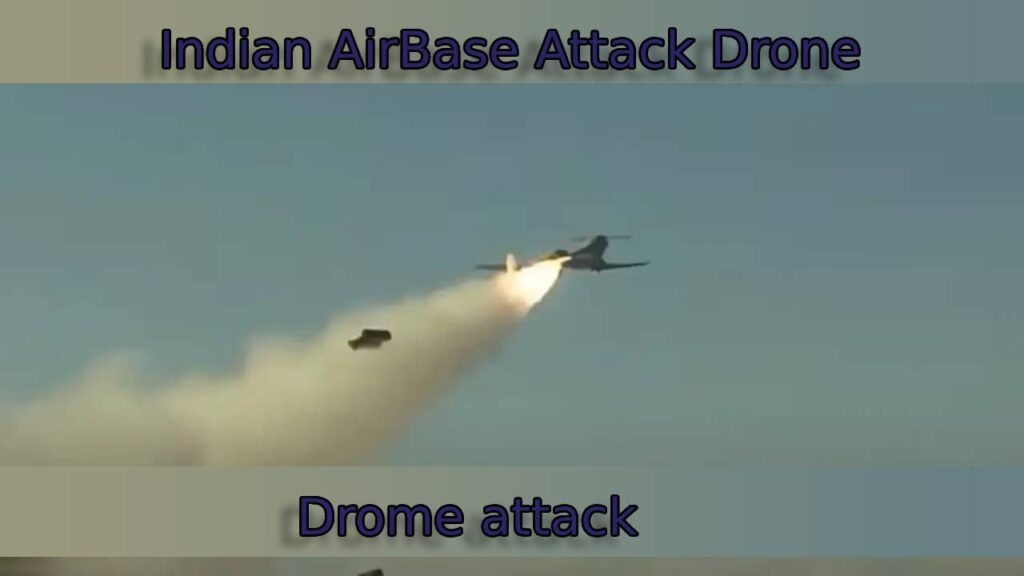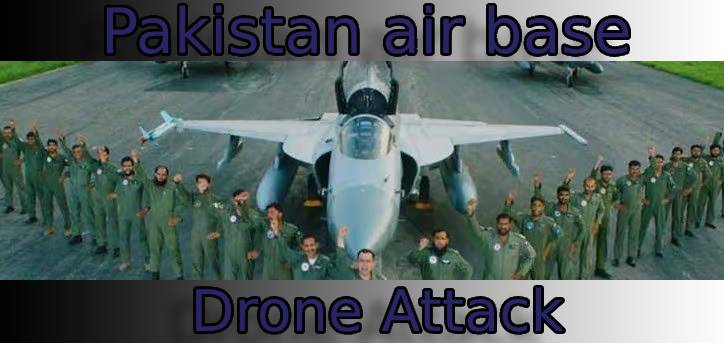Airbases in Pakistan form the cornerstone of the nation’s air defense and strategic military capabilities. With a wide array of air force stations scattered across different regions, these airbases not only provide operational readiness but also ensure the sovereignty and security of Pakistan’s airspace. Managed by the Pakistan Air Force (PAF), these installations play a crucial role in defense, disaster response, and strategic deterrence.
In this comprehensive article, we explore the history, structure, key airbases, strategic importance, and modernization efforts of Pakistan’s airbase infrastructure.
Table of Contents
1. History of Airbases in Pakistan
The establishment of airbases in Pakistan began shortly after the country’s independence in 1947. Initially, the newly formed Pakistan Air Force inherited a few functional airstrips and bases from the Royal Indian Air Force. Over the decades, these primitive facilities transformed into highly advanced military installations, capable of handling multi-role aircraft, surveillance operations, and nuclear deterrence duties.
The 1965 and 1971 wars with India, as well as the 1999 Kargil conflict, emphasized the critical importance of air superiority. Since then, the development of airbases has remained a top priority in Pakistan’s defense strategy.
2. Organizational Structure of PAF Airbases
The Pakistan Air Force operates under a zonal command structure, with airbases categorized based on their roles:
- Main Operating Bases (MOBs) – Equipped for full-scale operations, including combat and training.
- Forward Operating Bases (FOBs) – Located closer to borders for rapid deployment during emergencies.
- Satellite Bases – Supportive bases used during high-alert scenarios or special operations.
- Training Bases – Designed for pilot and technical staff training.
Each base is governed by a Base Commander and supported by various squadrons, logistics, and air defense units.

3. Major Airbases in Pakistan
PAF Base Nur Khan (Rawalpindi)
Formerly known as Chaklala Airbase, Nur Khan is one of the most important airbases in Pakistan. It serves as the primary base for the PAF’s transport fleet and is often used by VIPs, including the President and Prime Minister.
- Primary Role: Transport and logistics
- Aircraft Hosted: C-130 Hercules, Gulfstream jets
- Additional Use: Humanitarian and emergency missions
PAF Base Masroor (Karachi)
Located in Karachi, Masroor is the largest airbase in Pakistan and a crucial hub for southern air defense. It houses multiple fighter squadrons and supports maritime operations along the Arabian Sea.
- Primary Role: Fighter operations
- Aircraft Hosted: F-16s, JF-17 Thunder, Mirage III/V
PAF Base Samungli (Quetta)
Samungli is the primary airbase in Balochistan and plays a key role in guarding Pakistan’s western airspace, especially along the Afghanistan and Iran borders.
- Primary Role: Border security, reconnaissance
- Strategic Advantage: Proximity to western and southern border zones
PAF Base Sargodha (Mushaf)
Mushaf Airbase, formerly PAF Base Sargodha, is one of the most strategic installations and home to the PAF’s Combat Commanders School (CCS) – Pakistan’s equivalent of the U.S. Top Gun program.
- Primary Role: Air superiority, training
- Aircraft Hosted: F-16s, JF-17, Mirage jets
- Strategic Role: Potential housing for strategic/nuclear-capable assets
PAF Base Mianwali
Known for training fighter pilots, Mianwali is essential in grooming future PAF officers and handling primary jet training for cadets.
- Primary Role: Training
- Aircraft Hosted: FT-7, K-8 Karakorum
PAF Base Shahbaz (Jacobabad)
This base supports both combat and logistical operations. It was used by U.S. forces during the War on Terror, making it a subject of controversy and international attention.
- Primary Role: Joint operations, logistics
- Aircraft Hosted: F-16s, support aircraft
4. Forward Operating Bases (FOBs)
FOBs are located near Pakistan’s borders with India, Afghanistan, and Iran. They are activated during wartime or heightened military readiness. Notable FOBs include:
- PAF Base Skardu (Gilgit-Baltistan)
- PAF Base Pasni (Balochistan coast)
- PAF Base Bholari (Sindh)
- PAF Base Tarbela (Khyber Pakhtunkhwa)
These bases enhance rapid deployment capabilities and strategic depth.
5. Strategic Importance of Pakistani Airbases
1. Deterrence Against Hostile Neighbors
With ongoing border tensions, especially with India, airbases provide Pakistan with quick strike and surveillance capabilities, bolstering its deterrence posture.
2. Surveillance and Reconnaissance
Using radar systems and surveillance drones, many airbases act as early warning centers, monitoring movements along the Line of Control (LoC) and the Durand Line.

3. Strategic Deterrence and Nuclear Capabilities
Some airbases, such as Mushaf and Masroor, are believed to play a role in the deployment and delivery of nuclear-capable aircraft, adding a layer of strategic deterrence.
6. Modernization and Technological Upgrades
To stay on par with regional air powers, Pakistan has invested in:
- JF-17 Thunder Program: Co-produced with China, this modern multirole fighter is housed in multiple airbases.
- Surveillance Systems: Installation of radar systems, AWACS (Airborne Warning and Control Systems), and UAVs.
- Runway Upgrades: Reinforcement of runways to handle modern fighter jets and transport aircraft.
- Smart Munitions: Integration of precision-guided munitions into combat operations.
Modern airbases are now equipped with hardened aircraft shelters, electronic warfare systems, and satellite-based communications.
7. Role in Counterterrorism and Humanitarian Missions
Airbases have played a pivotal role in Pakistan’s fight against terrorism. Operations like Zarb-e-Azb and Radd-ul-Fasaad saw aerial support and reconnaissance missions launched from bases like Peshawar and Samungli.
Additionally, during natural disasters such as floods and earthquakes, airbases have served as logistical hubs for relief operations.
- Humanitarian Flights: C-130s and other cargo planes deliver aid.
- Medical Evacuations: Helicopters from airbases provide emergency airlifts.
8. Challenges and Future Outlook
Security Concerns
Airbases in Pakistan have been targets of militant attacks, such as:
- 2011 PNS Mehran Attack (Karachi): Though a naval airbase, it highlighted internal security flaws.
- 2012 Kamra Airbase Attack: Militants targeted strategic aircraft.
Geopolitical Pressure
Foreign influence and internal political challenges affect decisions around airbase usage, particularly regarding foreign troop presence and drone operations.
Budget Constraints
Modernizing air infrastructure requires substantial investment. Balancing defense needs with economic constraints remains a challenge.
9. Conclusion
Airbases in Pakistan represent far more than mere military installations—they are symbols of national sovereignty, resilience, and preparedness. With growing regional complexities and modern warfare techniques, the need to enhance and secure these strategic assets is more critical than ever.
Through continued investment in modernization, surveillance, and strategic partnerships, Pakistan’s airbases are poised to remain a formidable component of its defense structure. As technology advances, so must the infrastructure that guards the skies above Pakistan.




